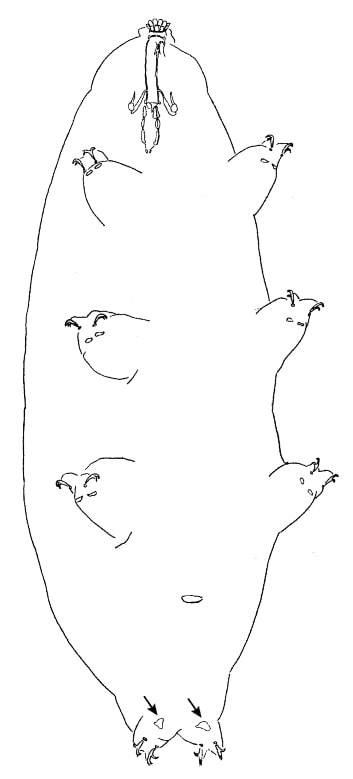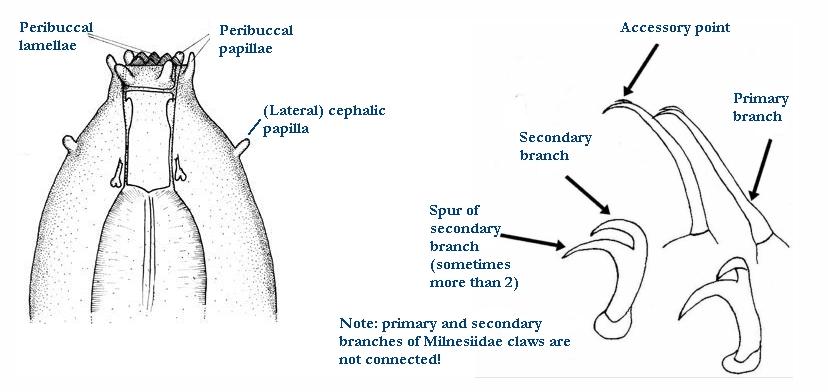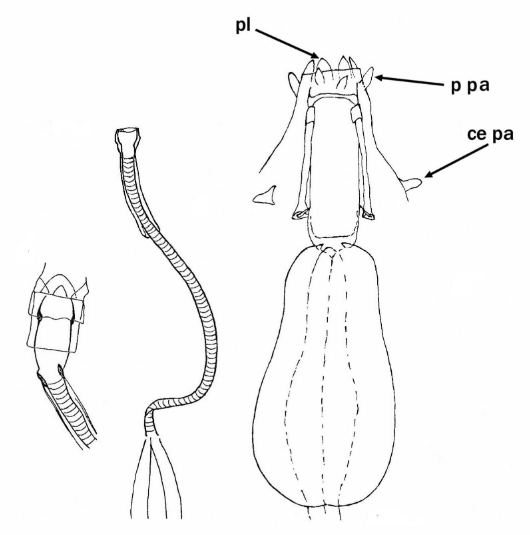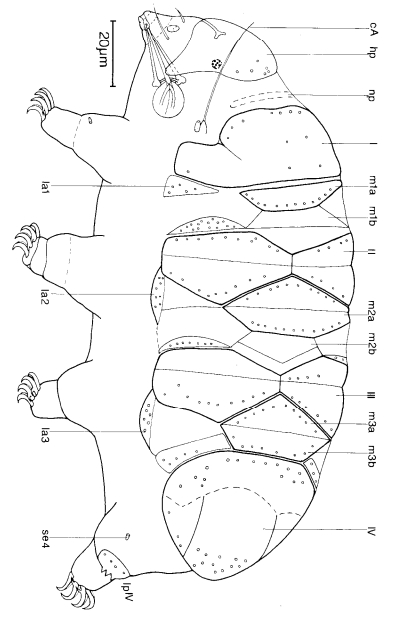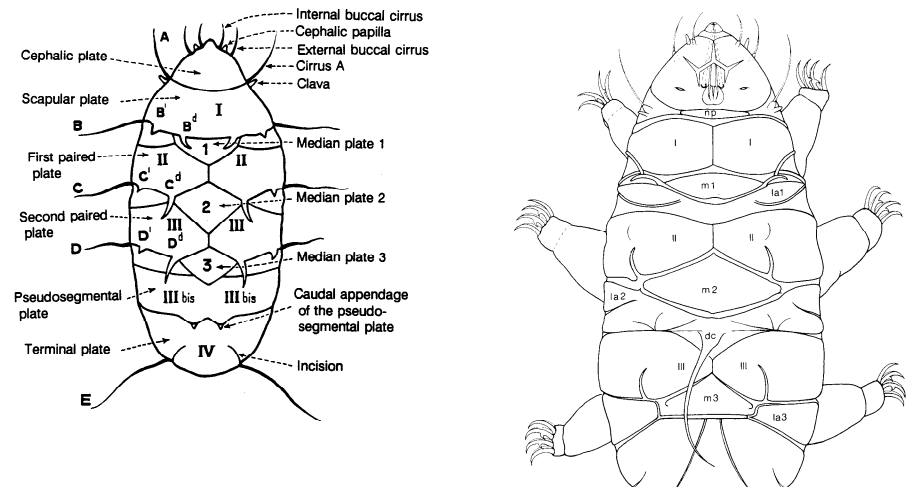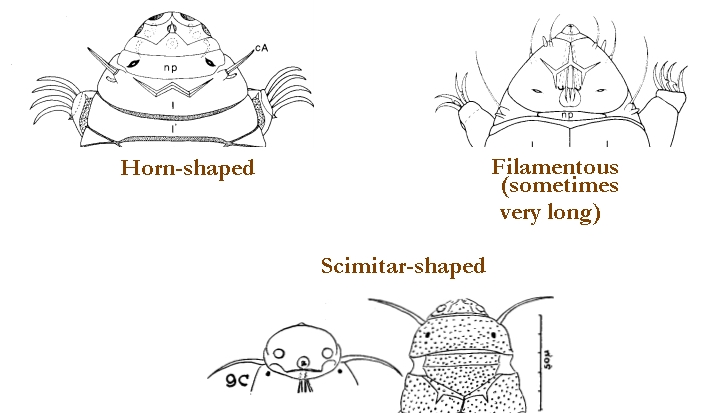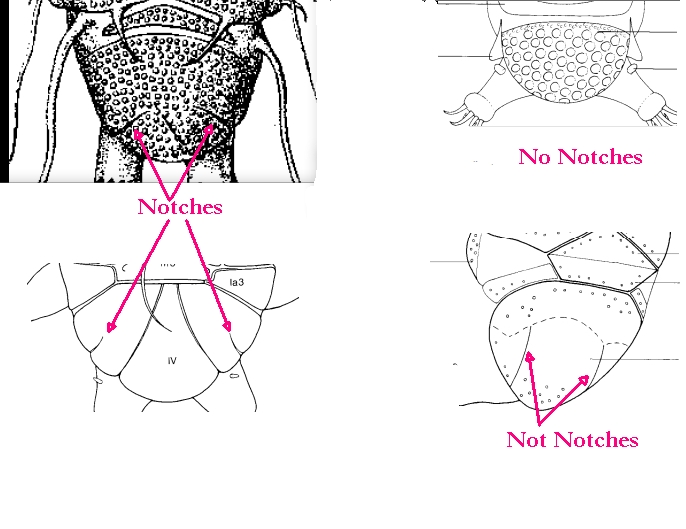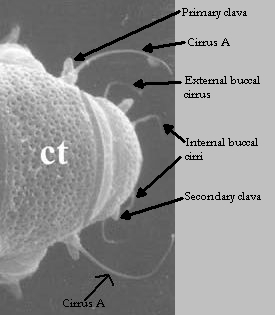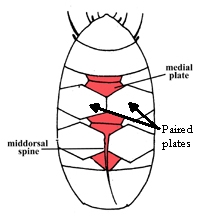Genus description from Guidetti et al. 2009: “Macrobiotids with Y-type claws, cuticle smooth and without pores; mouth ring with ten evident peribuccal lamellae; buccal armature showing ventrally and dorsally a posterior crown of strong triangular or bicuspidal teeth followed (at least dorsally) by three robust transverse crests; large buccal tube; three clearly rod shaped and elongated macroplacoids; microplacoid clearly distant (more than its length) from the third macroplacoid, or absent; eggs with large and reticulated (at light microscope) processes; very long and thin spermatozoa, with head longer than the tail.”
Genus description from Kaczmarek et al. 2017: “Most characters as described by Guidetti et al. 2009 and additionally: cuticular pores absent, oral cavity armature (OCA) of harmsworthi type (sensu Michalczyk and Kaczmarek 2003), almost always composed of three bands of teeth (except for three species in which the first band of teeth is not visible in LM or for P. ricthersi and P. areolatus in which the OCA is not known but probably present. Buccal tube with ventral lamina. Macroplacoid configuration: 2<1<3. Smooth lunules under claws present. Egg types: areolatus, beotiae, chiergoi, csotiensis, huziori, ricthersi, submoralatus and tonollii.”
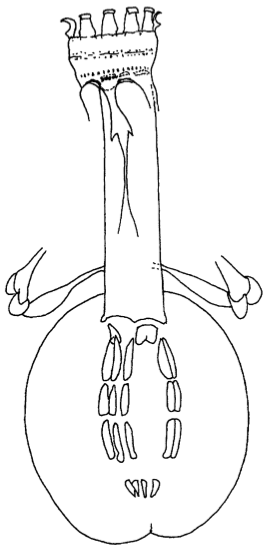
Citations:
Guidetti R, Schill RO, Bertolani R, Dandekar T, Wolf M. 2009. New molecular data for tardigrade phylogeny, with the erection of Paramacrobiotus gen. nov. Journal of Zoological Systematics and Evolutionary Research 47: 315-321.
Kaczmarek Ł, Gawlak M, Bartels PJ, Nelson DR, Roszkowska M. 2017. Revision of the genus Paramacrobiotus Guidetti et al., 2009 with the description of a new species, re-descriptions and a key. Annales Zoologici 67: 627-656.
